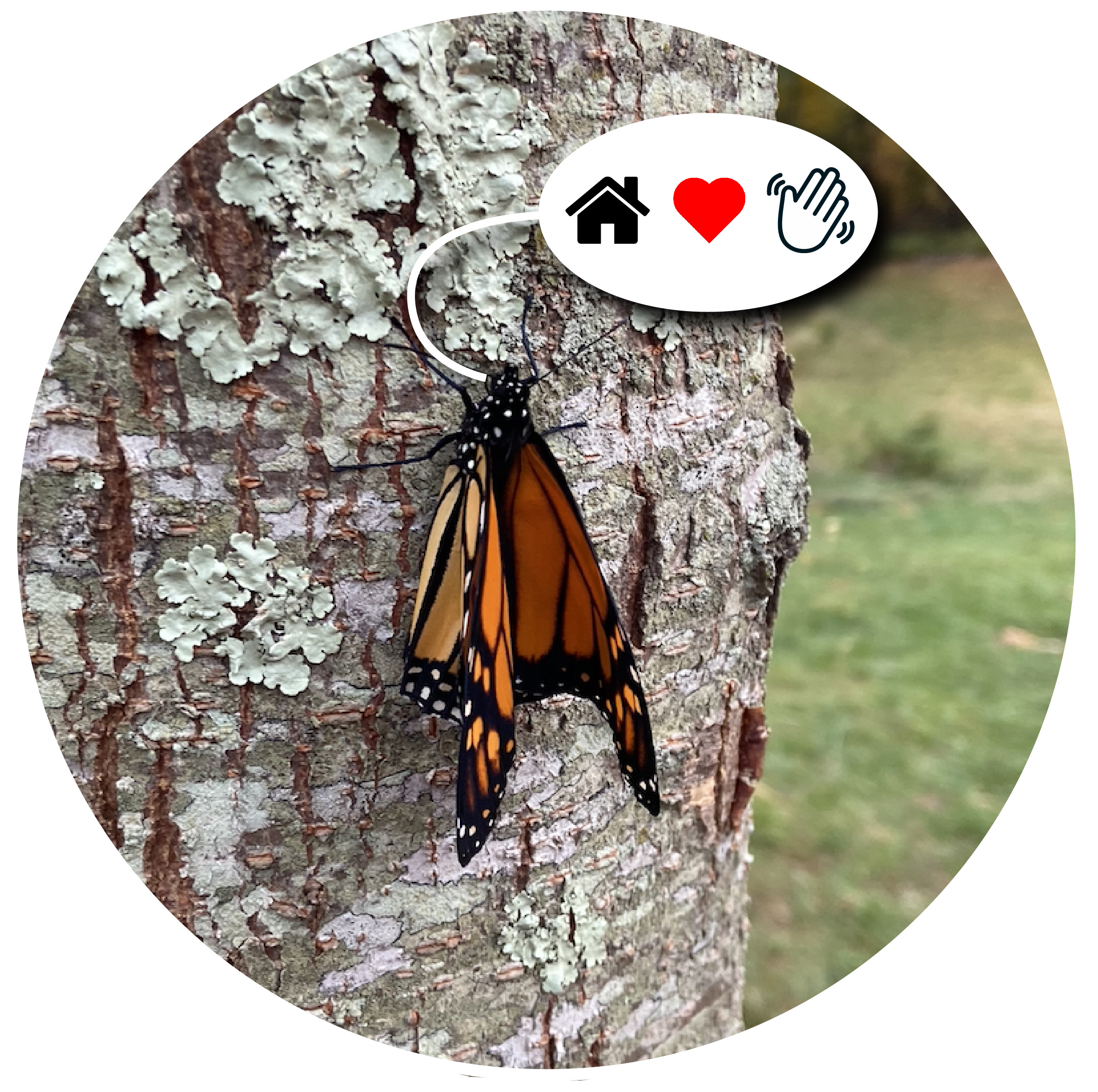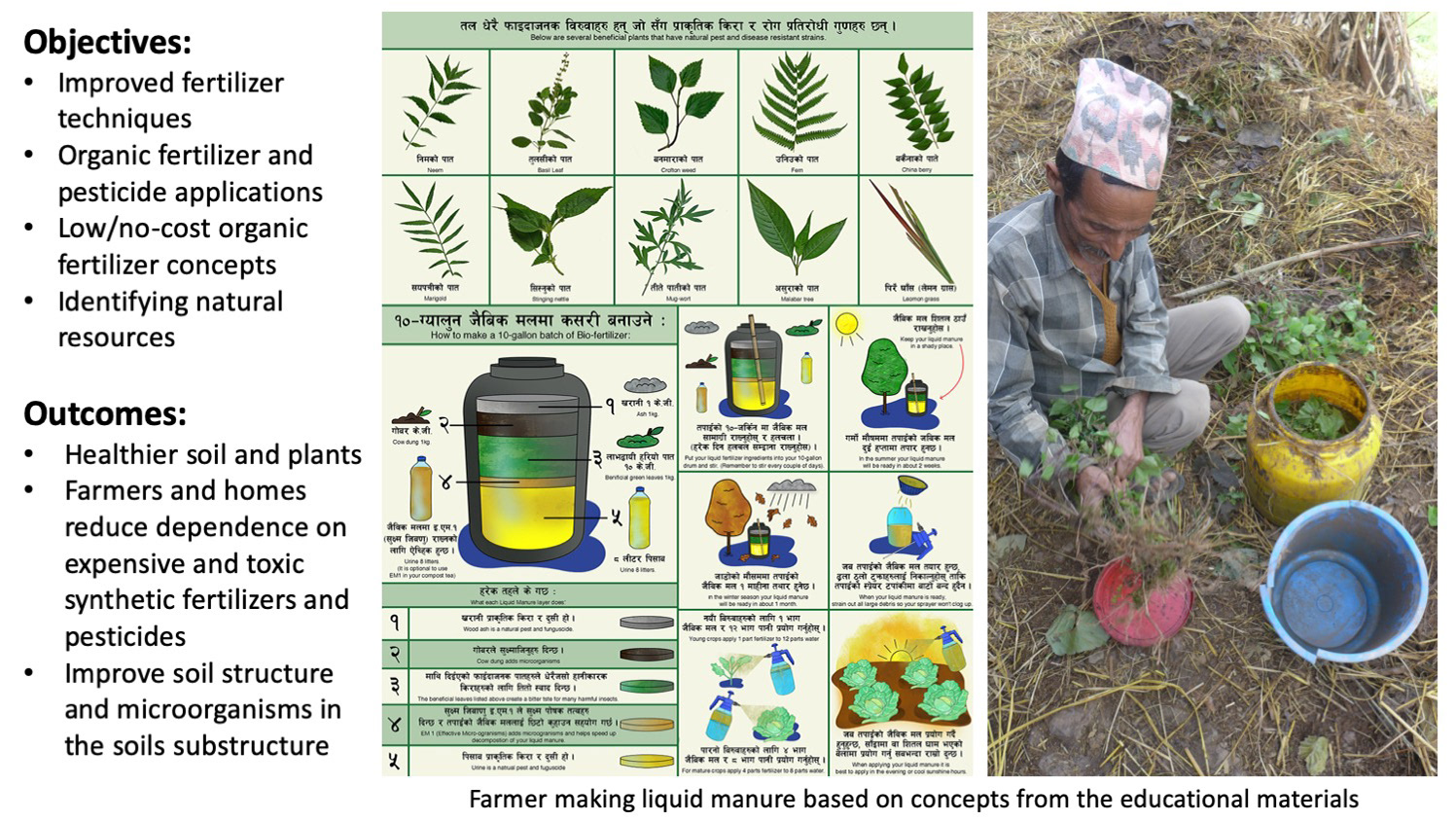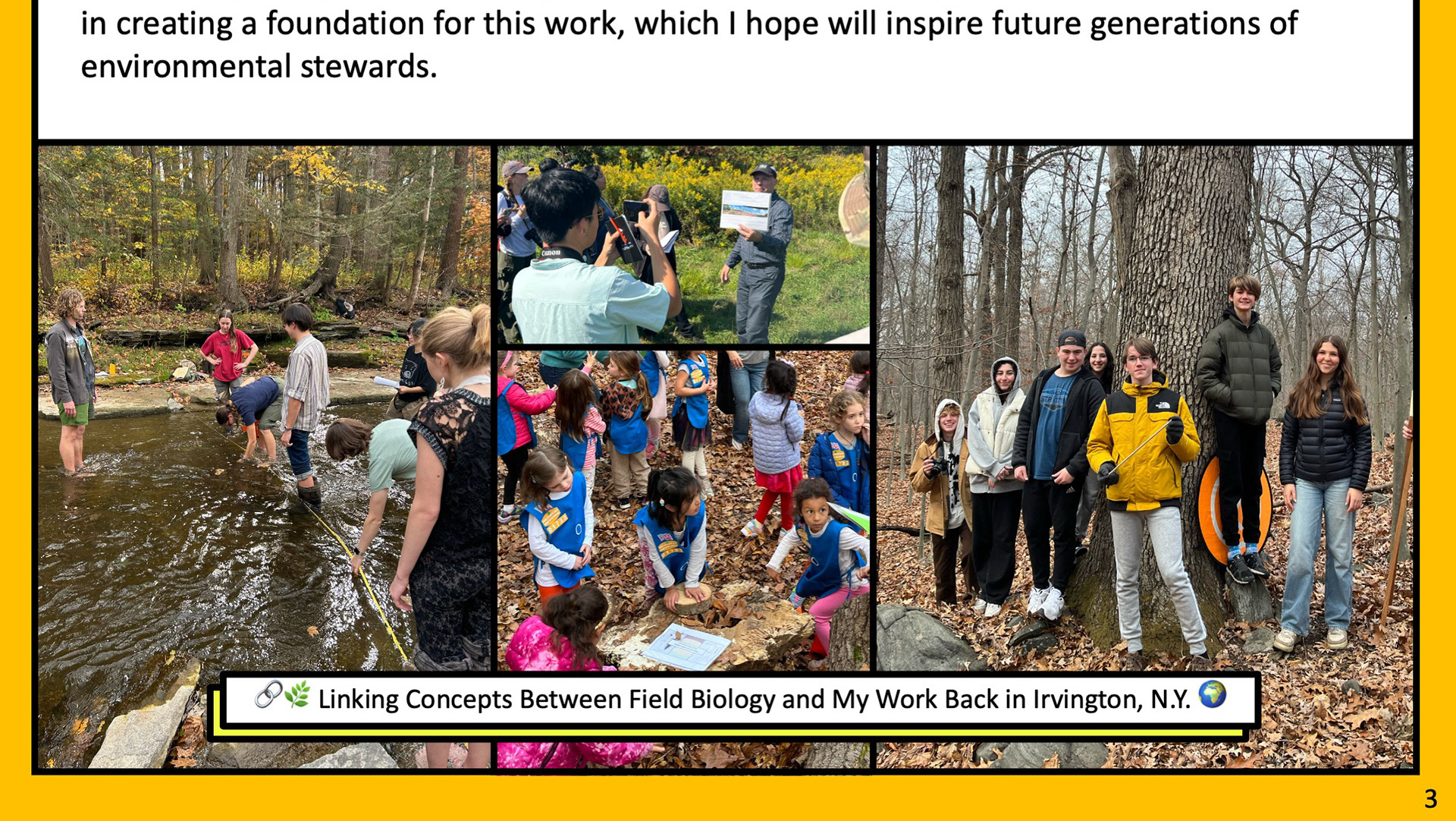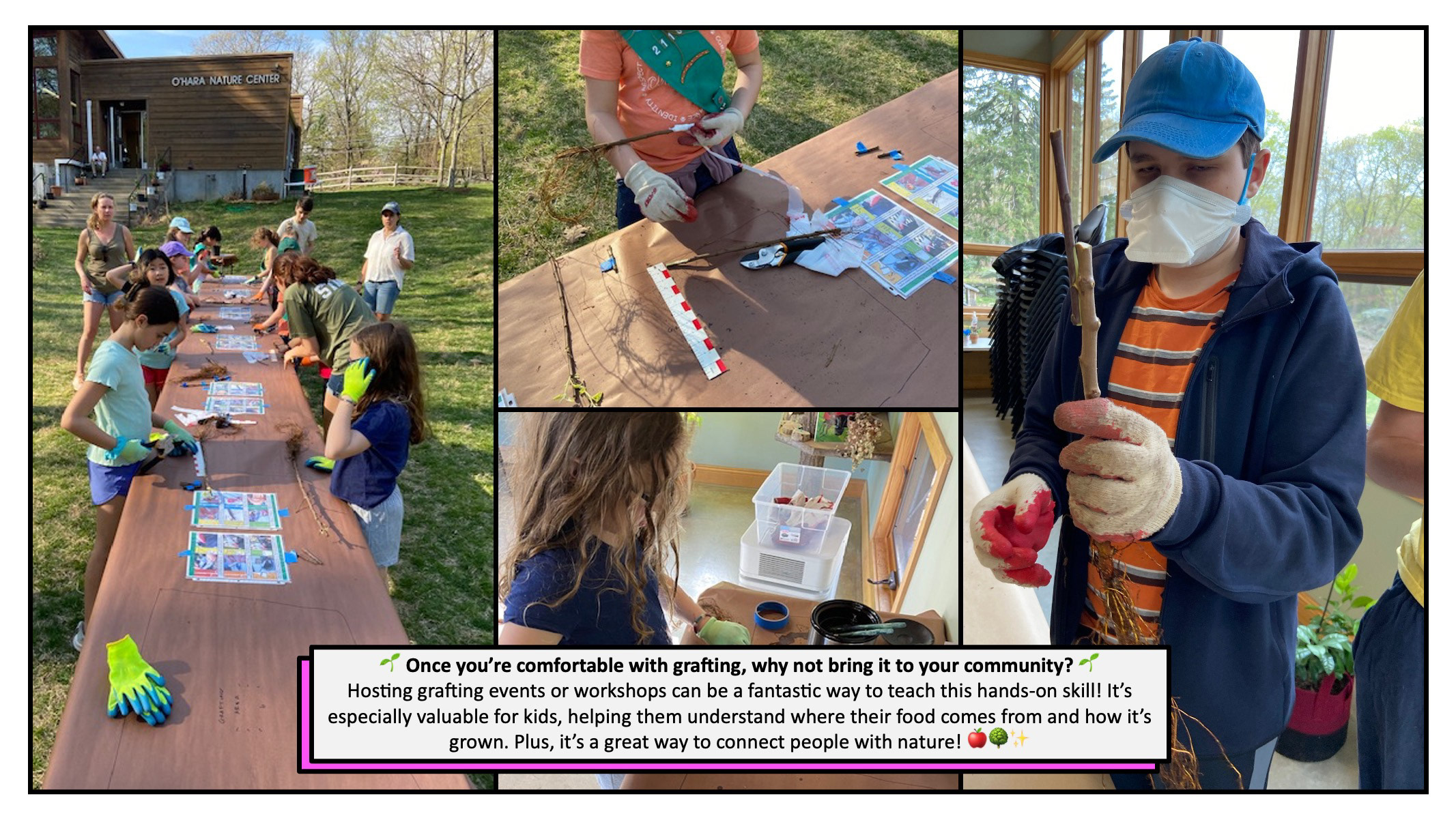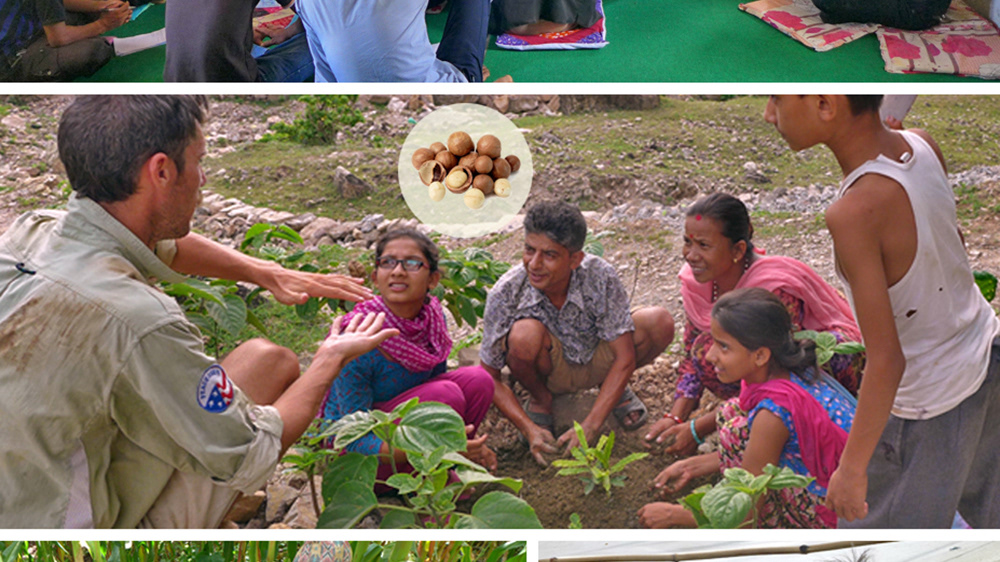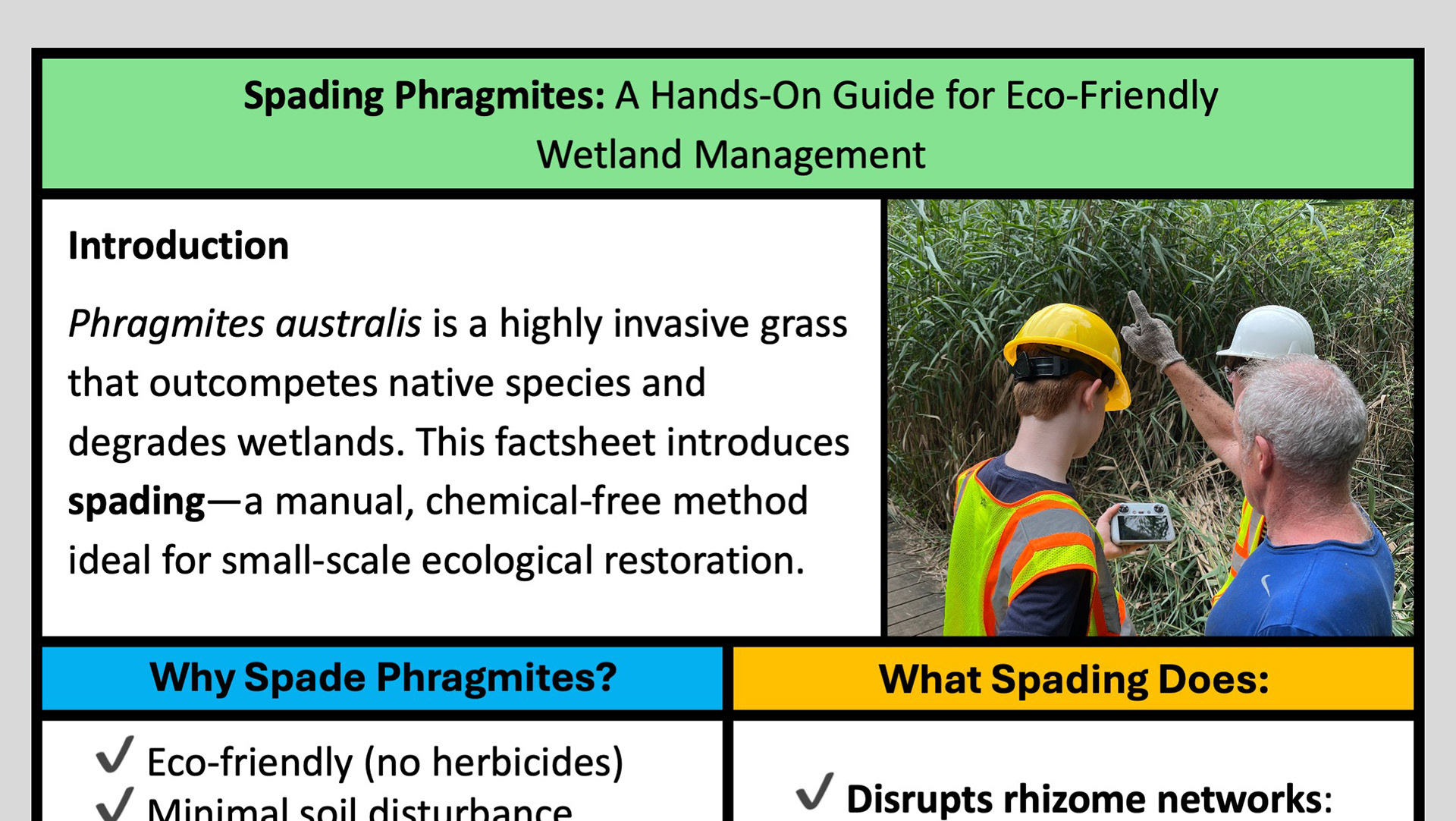From September 2013 to November 2015, I had the privilege of living and working alongside my community as a Peace Corps Food Security Specialist in the Mid-Western Hills region of Nepal. 🌄 Together, we combined our ideas and talents to explore new opportunities in small business, health, nutrition, agriculture, and horticultural development. Through collaboration and shared learning, we worked to strengthen our village’s future and create lasting impact. 🌱✨
My Peace Corps Experience Year 1
In my first year of work as a Peace Corps Volunteer, I focused on getting people to trust and believe in me. A lot of my time was spent learning Nepali, going to events, and spending time with farmers learning how they farmed, how they thought, and what new skills/resources they needed. A video of my work as a Peace Corps Volunteer can be seen here: https://www.youtube.com/watch?v=7x4ePyxkQLs&t=215s
Seedling Production, Air Layering, and Nursery MGMT through the Recycling of Plastic Snack Bags
One of the first projects that I created was a recycling campaign that used discarded chow-chow bags (plastic noodle bags) that were the primary litter in my village and many villages in Nepal. We reused plastic bags by turning them into seedling containers for nursery management, resulting in fruit and vegetable production. With the help of my farmers, mothers' groups, and my students we created a slow but successful behavior change in the community. Now villagers turn their litter into something useful and productive.
Through the success and re-use of these discarded snack bags, we began to adapt their usage for fruit/nut prorogation using a technique known as air layering. The plastic bags were used to cover and hold in the organic materials like soil, sphagnum moss, and cow dung. The plastic would also help to keep the wounded area of the branch cool and moist so the organic materials would not dry out. In two to three months time the wounded area of the branch would have developed roots and an identical new tree, with all the same genetics as the mother tree.
The activity is fun and easy, cost-free, and like the nursery seed saving project, a benefit to the community as these plastic bags were given new lives.
Nursery Management/Seedling MGMT For Improved Vegetable/Fruit Production
A big part of farming and horticulture is to have healthy plants, and one of the best ways to establish and create healthier plants starts in the nursery. By raising our vegetable, fruit and tree seedlings in nursery beds with the appropriate materials and care, this ensures that we can develop our seedlings faster, healthier, and make them more productive when they become mature plants. This process also safeguards them against predatory insects and animals, as we typically build our seedling nursery close to the home and cover the exterior with a thing mesh cloth that allows for airflow and creates both a barrier for insects and animals.
The results of this easy to apply and low-cost technique is that the farmer or family can maximize the germination rate of their seed, can choose to only use the healthiest of seedlings for planting in their fields, and can sell off to neighboring families/farmers any extra seedlings leading to the start of a small business. Just like with ourselves, the better care we give our infants typically, the stronger and healthier they will become in their lives. The same is true for plants. The better care provided during their development as seedlings the healthier they will become, making for better tasting and more disease resistant plants, which in turn saves on cost and labor.
Bee Keeping
These pictures highlight some of my work that involved training, introducing, and teaching the basics of beekeeping, as well as applying inexpensive techniques like the use of the grain sack bee masks and rubber latex gloves for protection.
Improved Cook Stoves (ICS)
I had been working with families since my first month at site on promoting, training and educating on the importance of having smokeless homes. This also involved teaching how to make ICS and motivating families to incorporate ICS into their homes, as indoor smoke due to open fire cooking kills more women and children each year then malaria and HIV combined.
Organic Pest Management For Tomato Production Under Plastic Hoop Houses/Tunnel Technology
From 2013 - 2015 I worked to provide farmers with best practice training regarding Organic Pest Management (OPM) for tomatoes under plastic house technology. These practices ranged from teaching the Cornel "baking soda" Method which is: 1 teaspoon of baking soda dissolved into one-quarter of water. Then you add a drop of liquid dish soap or 2 1/2 tablespoons of vegetable oil, as this will help the formula stick to the leaves and stems of your tomato plants. Other preventive measures are carefully removing infected leaves with signs of early blight; watering tomato crops from the base; using compost teas; and using naturally available materials that have anti-bacterial and fungicidal properties like wood ash, urine, lemon grass and the lantana flower. These techniques that the farmers and I researched and applied to our organic production significantly helped to reduce the impacts of early/late blight on our plants.
Since Nepal for most of the year either experiences cool wet and foggy weather or constant monsoon rains from July - the end of August, this creates a breeding ground for bacteria and diseases like early/late blight to develop and spread. By having plastic and good seed alone won't protect or save a farmers' tomato crop, as once a field has late blight present there is nothing the farmers can do to save their crop, besides pull up the infected plants and destroy them by way of burning or burying at a remote site. It was critical for farmers and families who were growing tomatoes as a new form of agricultural production to have a positive experience and do it through using locally made and available organic materials so that the tomatoes could make it to the markets and onto the families lunch and dinner plates for eating.

